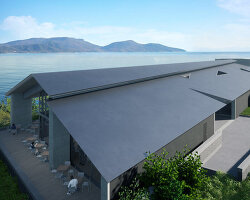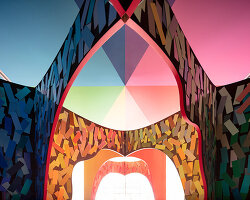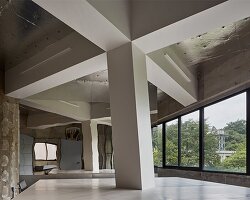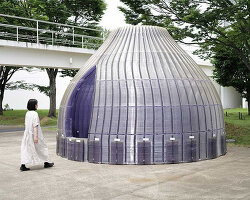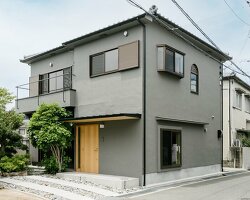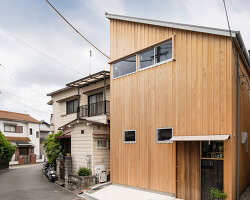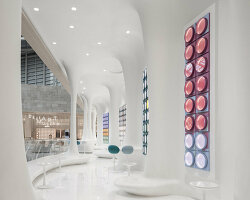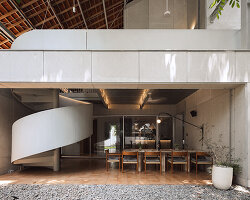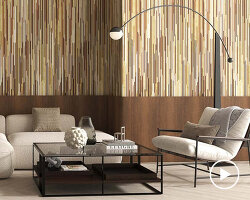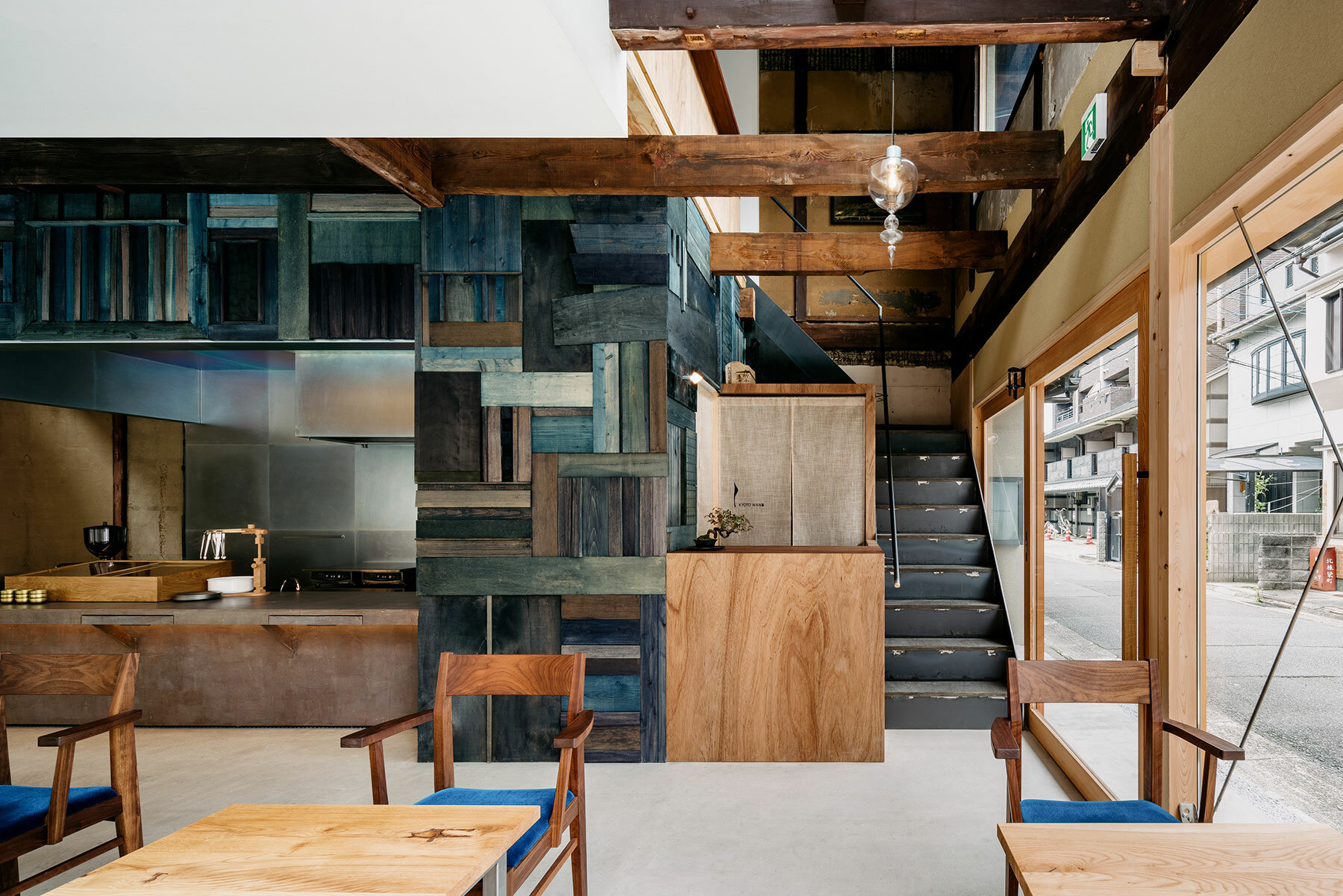
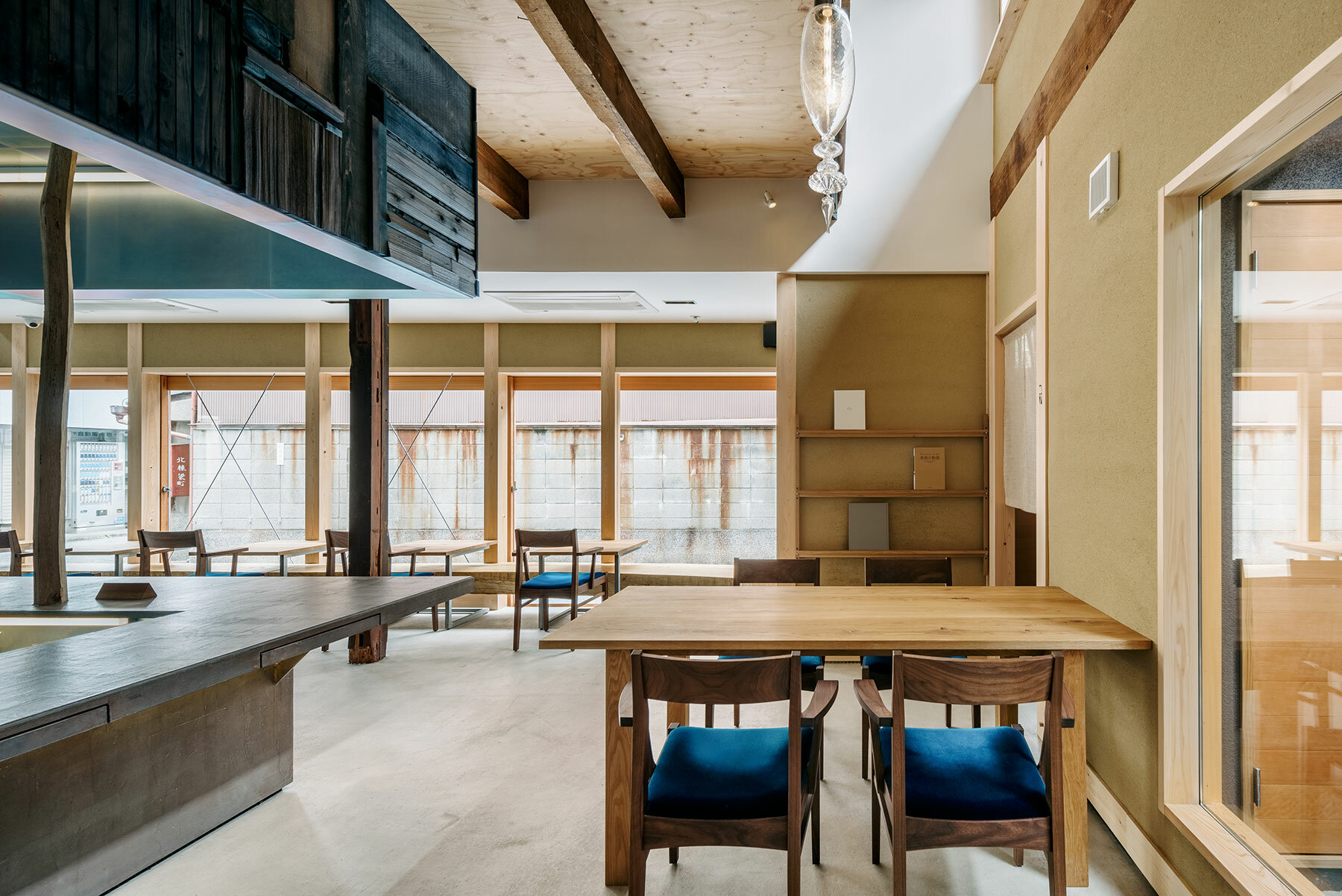
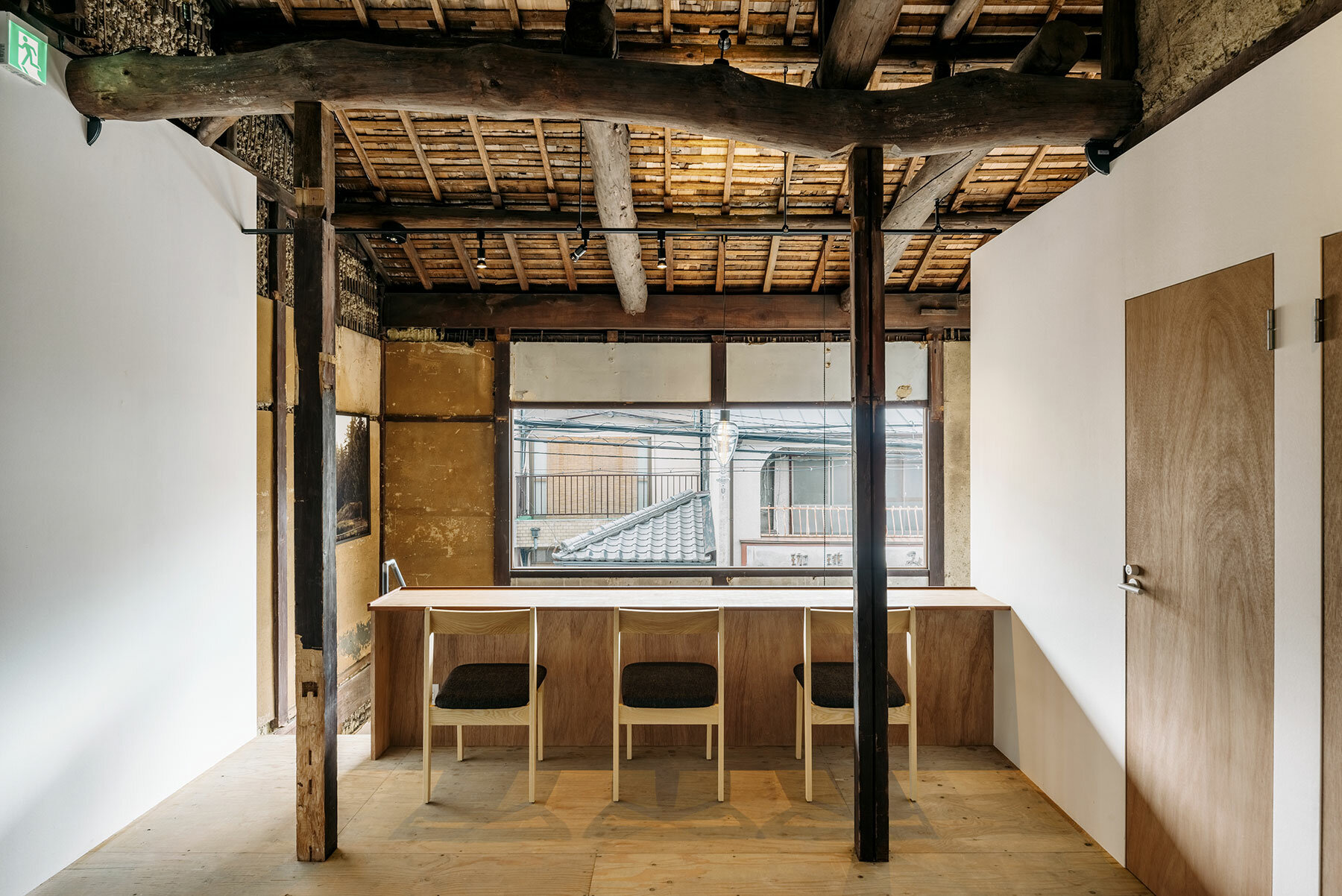
KEEP UP WITH OUR DAILY AND WEEKLY NEWSLETTERS
PRODUCT LIBRARY
with its mountain-like rooftop clad in a ceramic skin, UCCA Clay is a sculptural landmark for the city.
charlotte skene catling tells designboom about her visions for reinventing the aaltos' first industrial structure into a building designed for people.
'refuge de barroude' will rise organically with its sweeping green roof and will bring modern amenities for pyrenees hikers.
spanning two floors and a loft, the stitled design gave room for a horizontal expanse at ground level, incorporating a green area while preserving the natural slope.
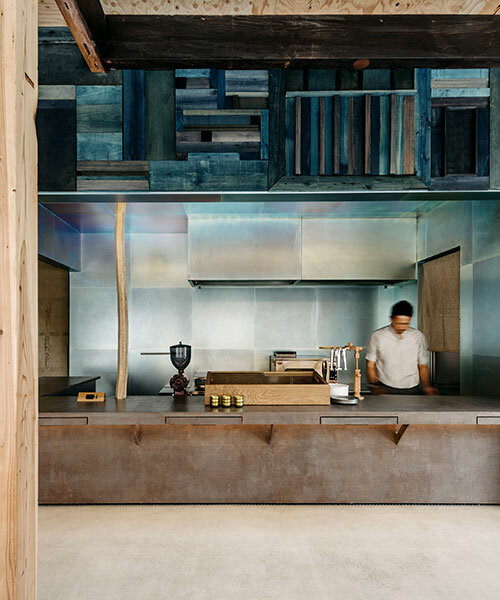
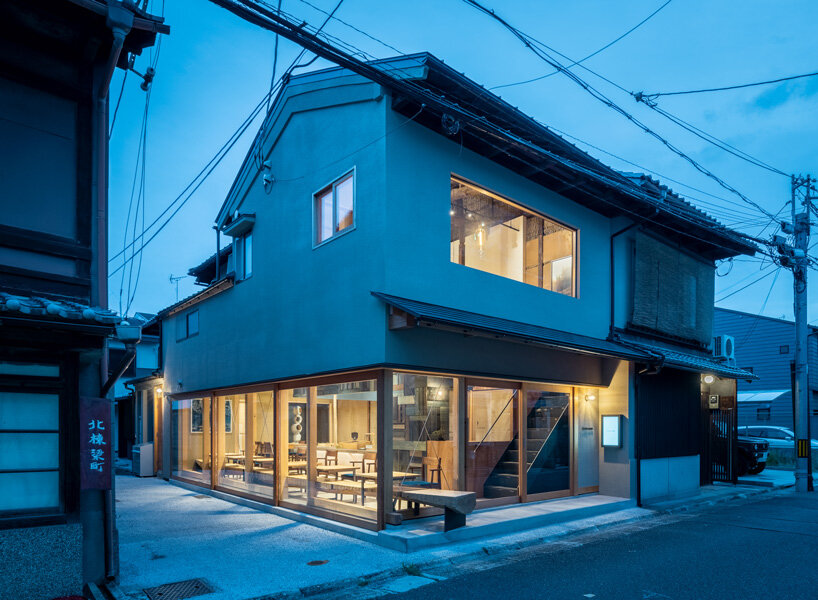
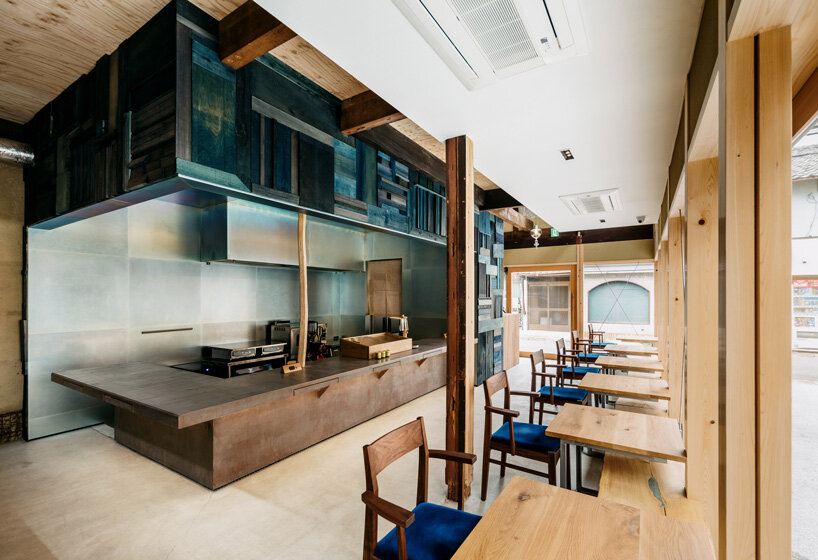
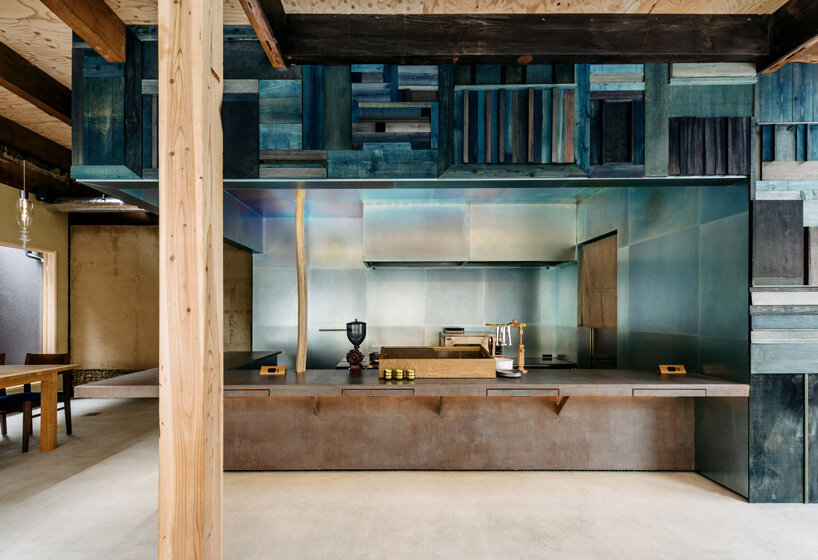 a wall surface rich in expression is the protagonist of the kitchen
a wall surface rich in expression is the protagonist of the kitchen  indigo-dyed wood panels are symbolically placed in the center framing the kitchen area
indigo-dyed wood panels are symbolically placed in the center framing the kitchen area the new features are thoughtfully embedded in the above-existing structure
the new features are thoughtfully embedded in the above-existing structure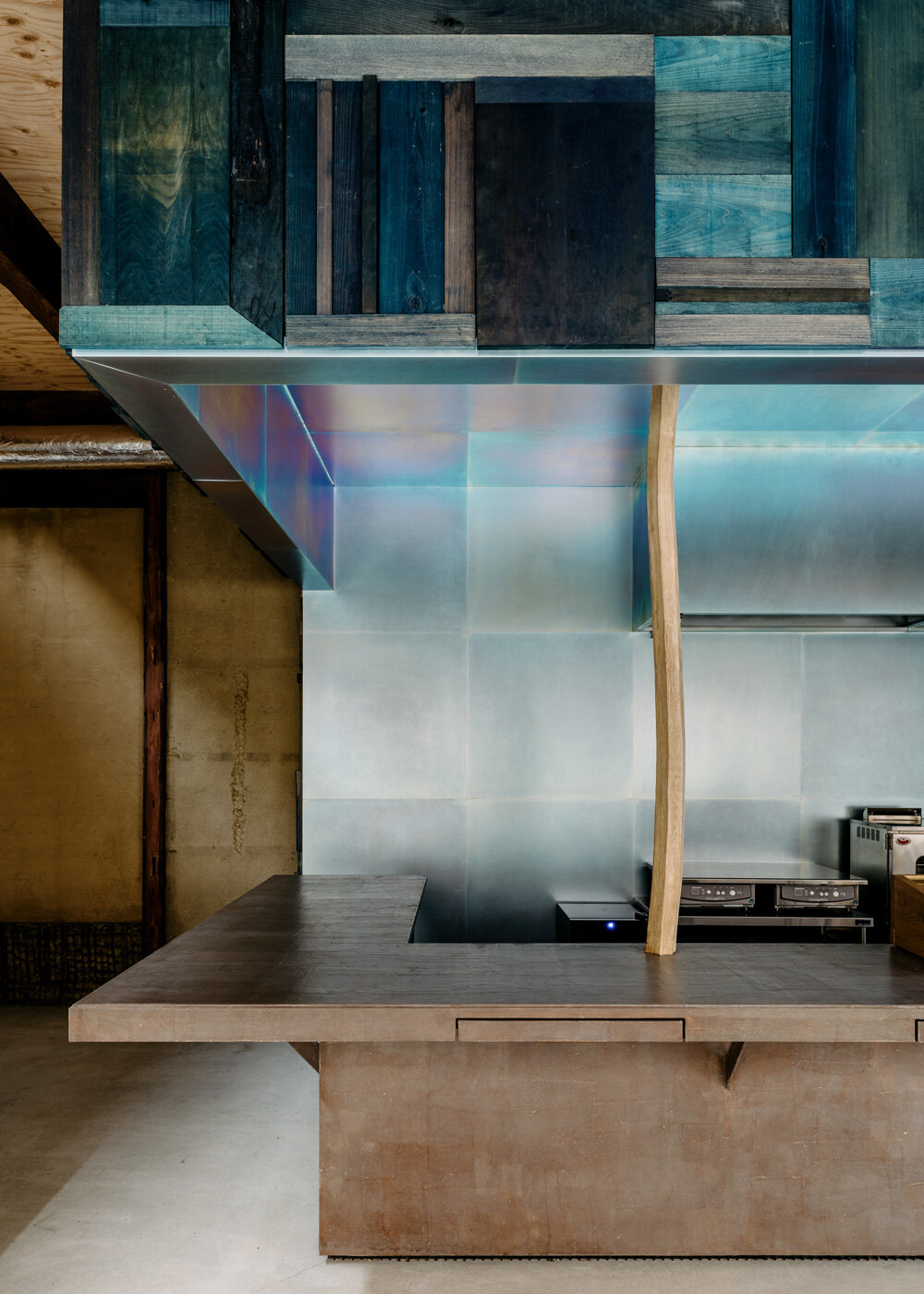
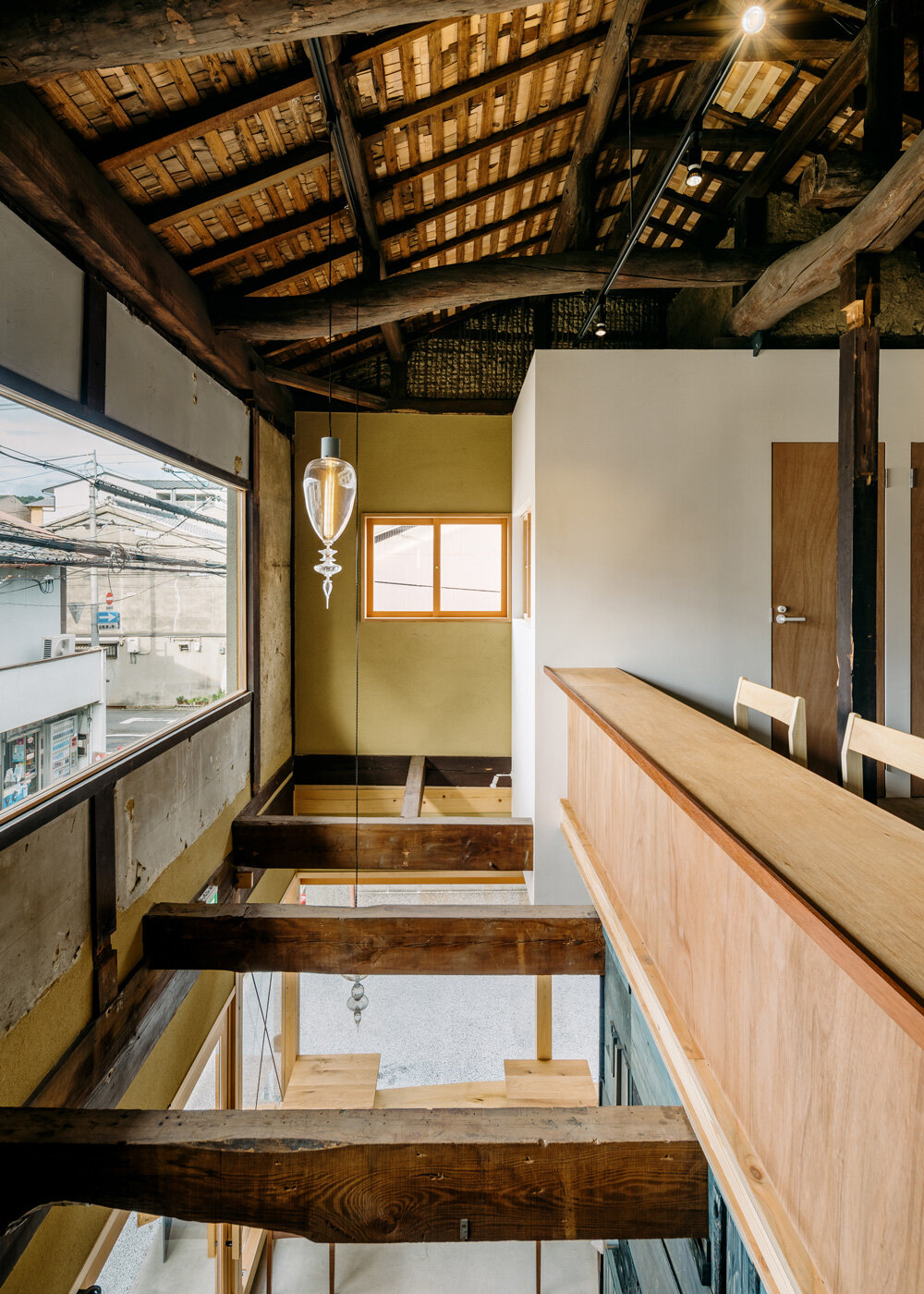
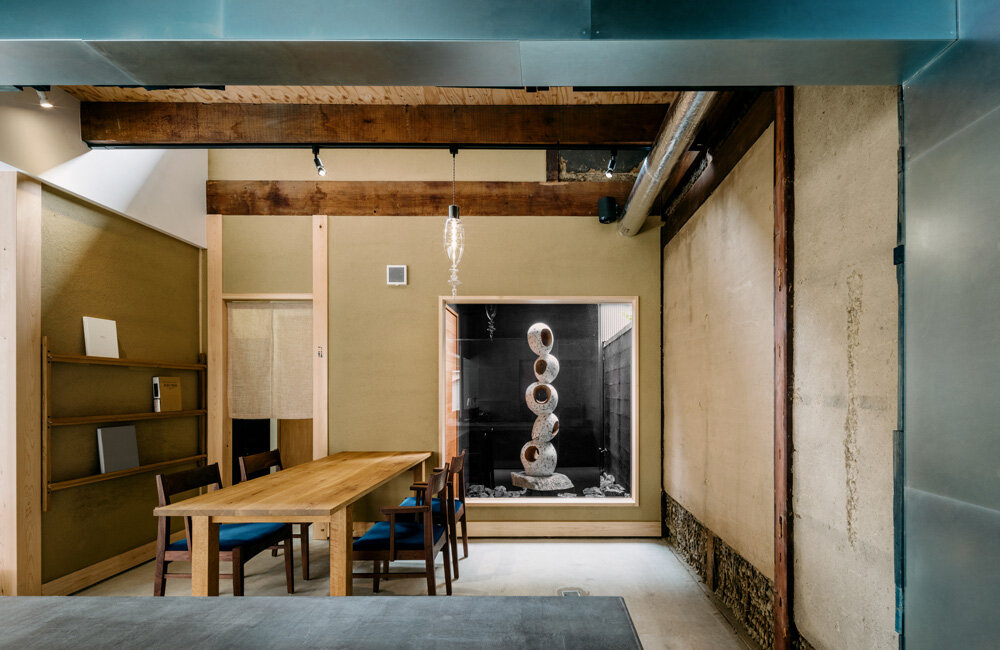
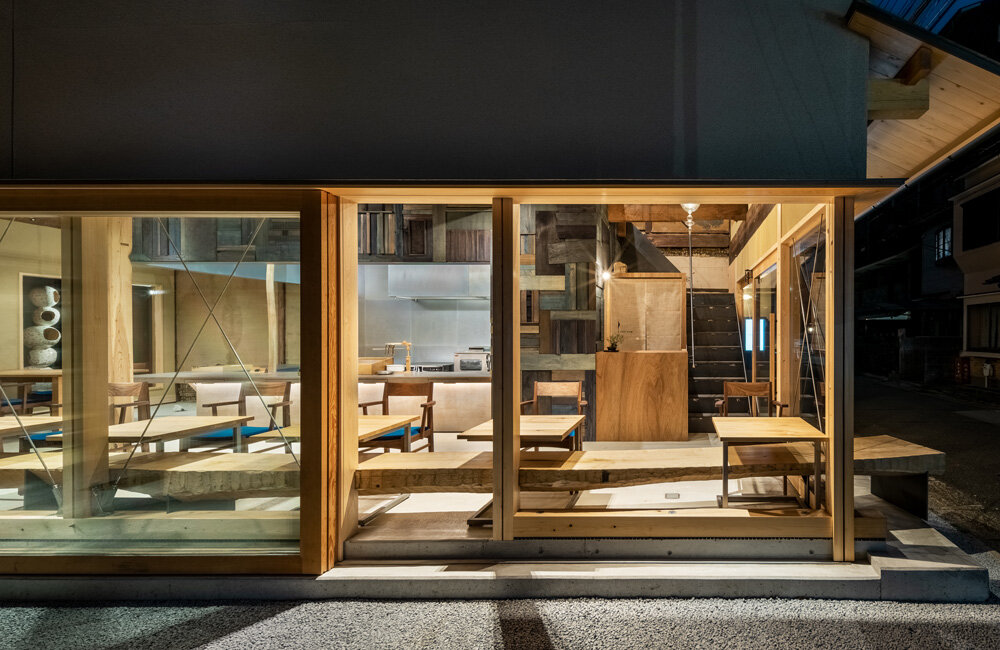
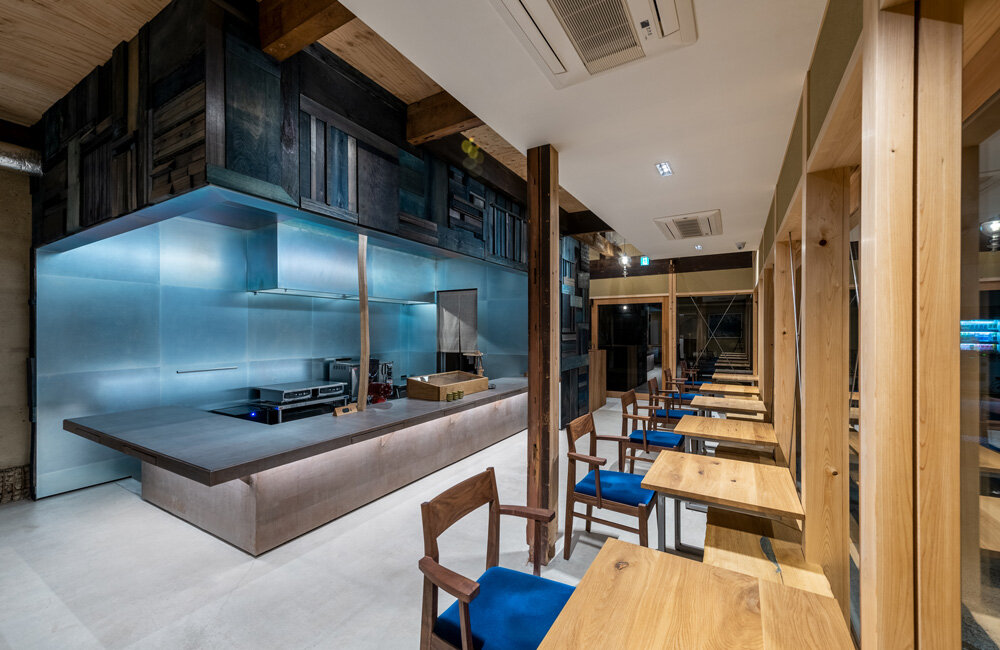
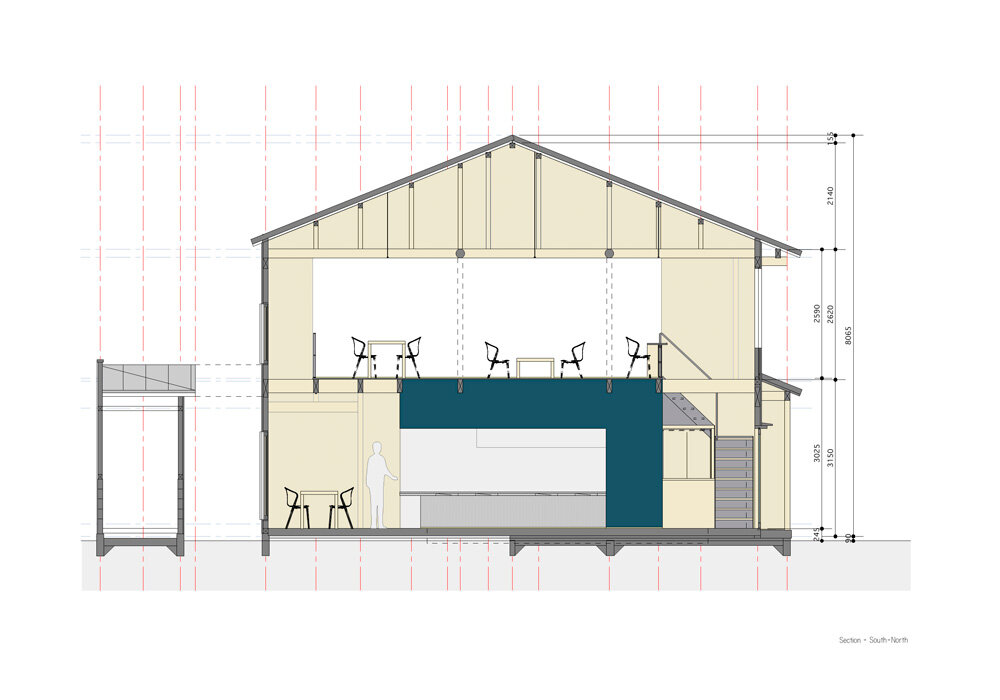
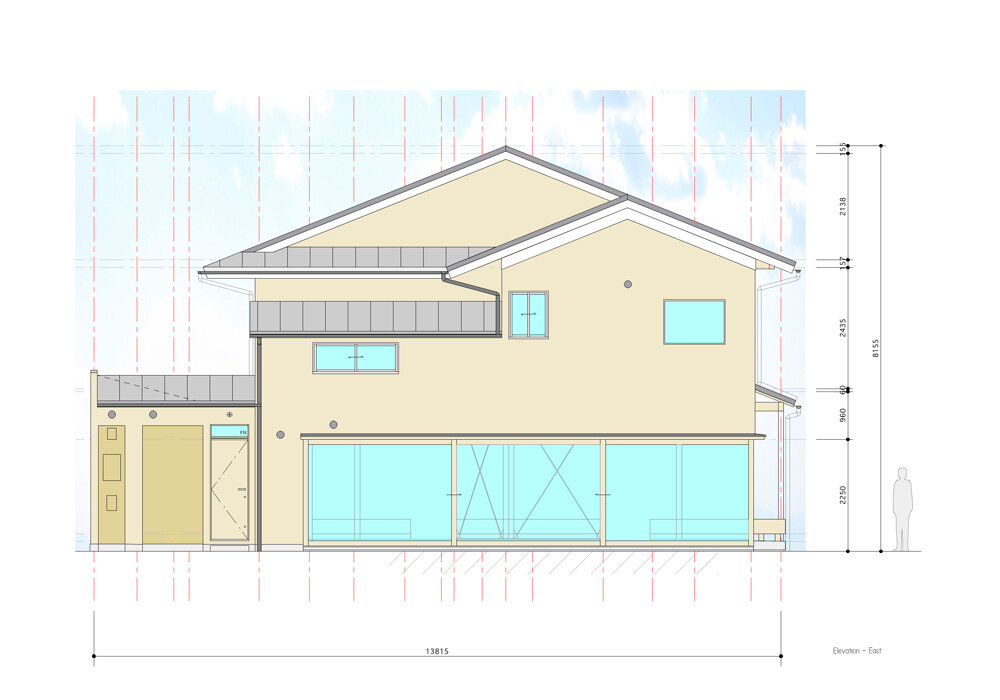
 a bench made of half-sawn chestnut logs
a bench made of half-sawn chestnut logs